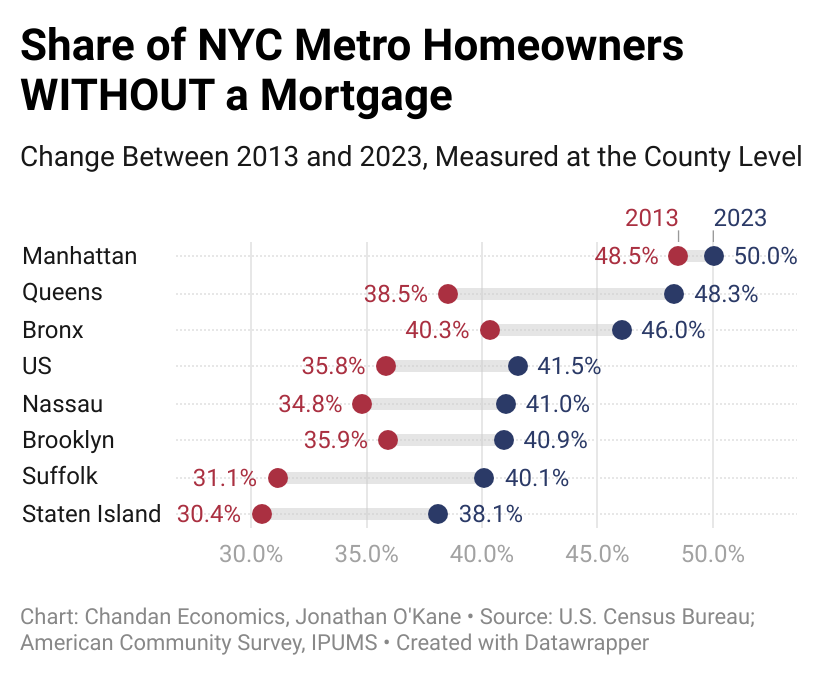Who is Moving into SFR?
- Jonathan O'Kane

- Jan 24, 2024
- 3 min read
Updated: Jan 29, 2024

Over the past decade, no housing type has generated more interest and intrigue than single-family rentals (SFR). Rapid re-invention has been the only constant for the sector post-financial crisis, with a meteoric rise, its emergence as an affordable suburban entry point, and the introduction of purpose-built communities appearing as just some of the highlighted chapters.
In this data deep dive, we will explore how the demand profile of the sector is transforming. Utilizing detailed surveys from the US Census Bureau, this analysis will examine how the demographic profile of households moving into SFRs differs from those who already call SFRs home.
About the Data: All data in this report are based on a Chandan Economics analysis of the US Census Bureau’s 2022 American Community Survey. Data were accessed using IPUMS.
Age
The age difference between renters moving into SFRs and those already in the space is stark. The average age of a head of household who moved into an SFR in the prior year was a youthful 38.8 years old. Moreover, nearly half of all new SFR households are headed by someone below 35. Meanwhile, the age profile of pre-existing SFR households skews considerably older. For SFR households that did not move in the year prior, the average age of the householder was 47.1— 8.3 years older than new SFR renters. The share of pre-existing SFR households headed by someone over 35 is also considerably smaller, at just 25.5%.
Children
The share of households containing children is where new and preexisting SFR renters appear most similar. However, there are still meaningful differences. 41.4% of new SFR renter households have a child in the home — 7.1 percentage points lower than preexisting SFR households (48.5%). These data suggest that many young households choose SFR not because of additional space needed at the time of move but because they are thinking a little down the road.
Income
Considering new SFR households are, on average, younger than their preexisting SFR neighbors, it would be reasonable to expect them to have lower incomes due to less career experience. Yet, the data indicate otherwise. Instead, new SFR households out-earn preexisting SFR households by an average of more than $11k. New SFR households have an average annual household income of $83,635, while preexisting SFRs earned $72,246.
Education
With new SFR households holding higher average incomes than the rest of the SFR tenant base, unsurprisingly, the education attainment profile of this group also looks different from the rest of the sector. For new SFRs, the share of householders with a four-year degree (or higher) was 35.6% — accounting for a little more than a third of this group. Conversely, only 23.9% of preexisting SFR households had at least a four-year college degree.
Takeaways
In total, households that report moving into their homes in the past year account for slightly less than 23% of homes in the SFR sector. At that rate of churn, new households have the power to transform the sector's profile rapidly. As these data detail, the average SFR household entering their unit materially differs from renters already in their homes. They tend to be younger, more highly educated, have higher income levels, and are less likely to have already started a family. While the sector serves a diverse spectrum of households, these findings underscore how SFRs are filling the market void for affordable starter homes.







Comments